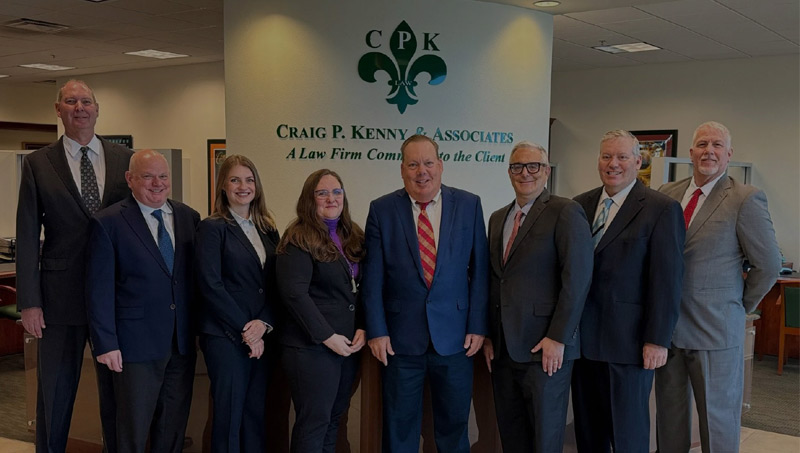By Hayley N. Price, Esq.
Snapchat is a popular social media application that can be recognized by a white ghost on a yellow background icon. Snapchat allows users to communicate in real-time amongst friends by sharing photos and videos that have a quick shelf life – meaning that shared photos and videos disappear quickly after a recipient opens them. However, simply because the photos/videos or “snaps” disappear does not necessarily mean they are erased. In some cases, the contents of Snapchat can be saved, produced, and used for evidentiary or emergency purposes. Additionally, metadata – information surrounding the snaps including the author, author’s location, time of the communication, and the recipients of the communication are stored in log form and are also able to be produced in certain situations. In other words, although the little ghost app seems friendly enough – its contents can have a much more haunting effect than expected.
Snapchat’s platform typically clears the contents of a communication 24 hours after the last recipient opens the message. A snap will remain on the company’s server for up to 30 days waiting for the recipients to open the snap before it is cleared. In certain instances – if Snapchat receives a request from law enforcement to help with emergency situations, Snapchat can make information immediately available to law enforcement or they can lengthen the amount of time information will remain stored in their system if proper procedure is followed so they can make it available to law enforcement or the subpoenaing party. The Stored Communications Act lays out scenarios whereby Snapchat must disclose information and Under 8 U.S.C. §§ 2702(b)(8) and 2702(c)(4), Snapchat can also voluntarily disclose information to law enforcement if they believe in good faith that an emergency which threatens imminent death or serious bodily injury arises. Snapchat also allows its users to report content from the app itself. In order to do this, a user must simply press and hold on the snap, then tap the ‘Report Snap’ button.
Although depending on the timing of the request for the information, the actual content of the snap may or may not be available depending on the circumstances, they do as a practice, save metadata surrounding their users’ communications in log form. This is information that almost certainly will be available and which offers crucial evidence in several cases. Snaps can also be saved in a sender’s app should they choose to elect to do this in which case they can be produced by Snapchat to other parties. Additionally, recipients are not prevented from taking screenshots of snaps or recording them on electronic devices.
Evidence from Snapchat is being used across the board – in personal injury, workers’ compensation, criminal, divorce, child custody cases, etc. In injury cases, snaps and metadata provided by Snapchat can be used to bolster or disprove statements made by parties. The personal evidence it provides can be very beneficial or detrimental to defendants in criminal cases by helping establish or disprove necessary elements of certain crimes such as intent, mistake, or accident. Alarmingly enough, many recent reports of criminal behavior actually include a recipient saving a snap they received from someone committing, about to commit, or having just committed a crime with evidence in the background.
If you have been involved in any type of legal case – whether you have been in an accident, injury, been arrested, or been a victim – one thing you and your attorney may want to consider quickly is how you and/or others involved in the case have used Snapchat and what if any information can possibly be used in your favor or against you. Acting quickly to preserve possible evidence and knowing how to initiate the requests could be a pivotal part of establishing and defending your case. As technology advances, its inclusion in your case can too. If you have any questions on the above or have been injured in an accident or arrested please feel free to contact me by email at hprice@cpklaw.com or by phone at (702) 405-3493.

